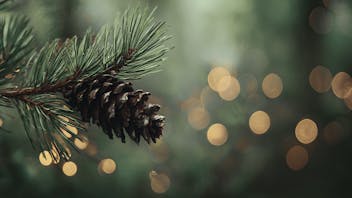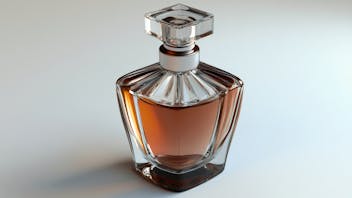Product Overview
Our organic Ravintsara essential oil has a fresh, diffusive, sweet-spicy, cineolic (eucalyptus-like) aroma with an herbaceous top note. This 1,8-cineole type contains a supporting cast of potent molecules that make it ideal for seasonal air diffusion in winter months. Also known as eucalyptol, 1,8-cineole is the same familiar constituent found in Eucalyptus oil that lends its superior refreshing properties.
Ravintsara is an ornamental tree belonging to the Lauraceae family that includes other notorious and highly aromatic botanicals such as Cinnamon (Cinnamomum zeylanicum), Laurel Leaf (Laurus nobilis), Rosewood (Aniba rosaeodora), Ravensara (Ravensara aromatica), May Chang (Litsea cubeba) and, surprisingly, Avocado (Persea americana). But it is the unique synergy of molecules found in Ravintsara leaves that make this oil a complex blend of its own. Ravintsara essential oil is commonly used in French-style aromatherapy and is ideal for chest rubs, targeted skincare preparations, winter baths, diffuser blends, or simply applying a drop onto a turtleneck or scarf to enjoy.
NOTE: Ravintsara (Cinnamomum camphora) and Ravensara (Ravensara aromatica) are two completely different botanicals that were swept up in a wave of identity confusion, especially in the early days of aromatherapy. This is evident in some of the literature from the 1990s that is still erroneously referenced today. Although both oils originate from Madagascar, their chemical makeup gives each a distinct aromatic profile and suggests different usages.



